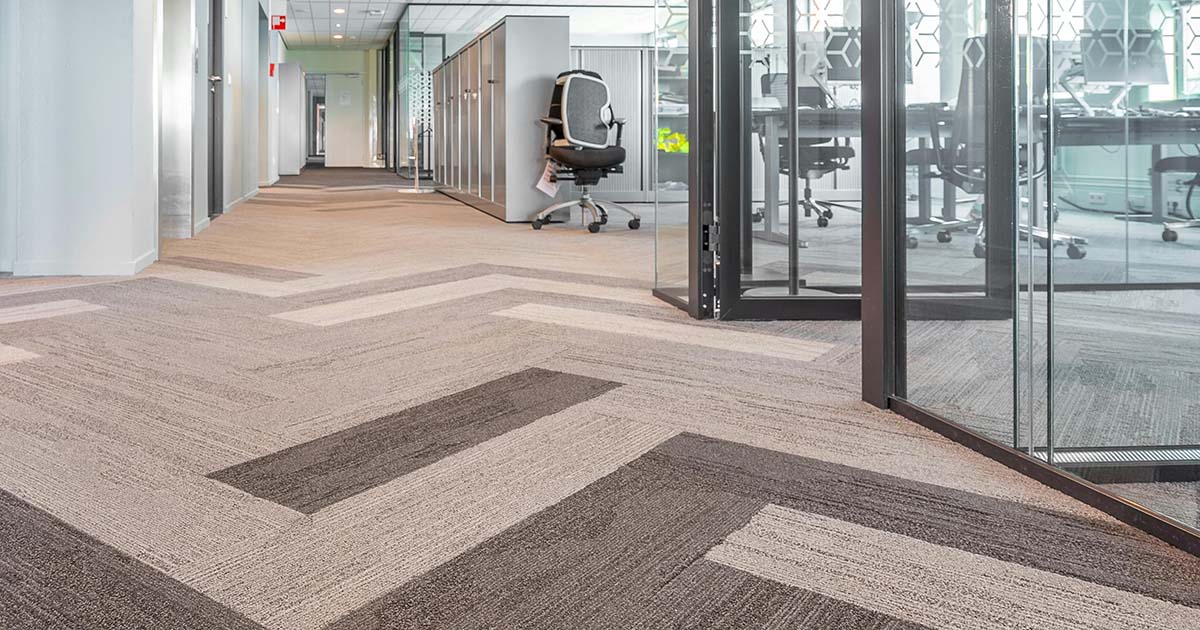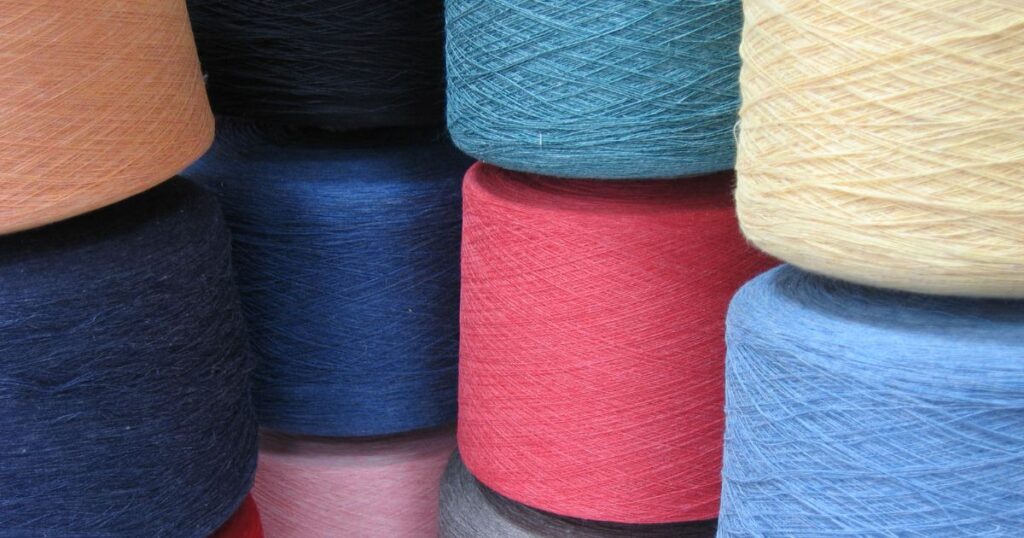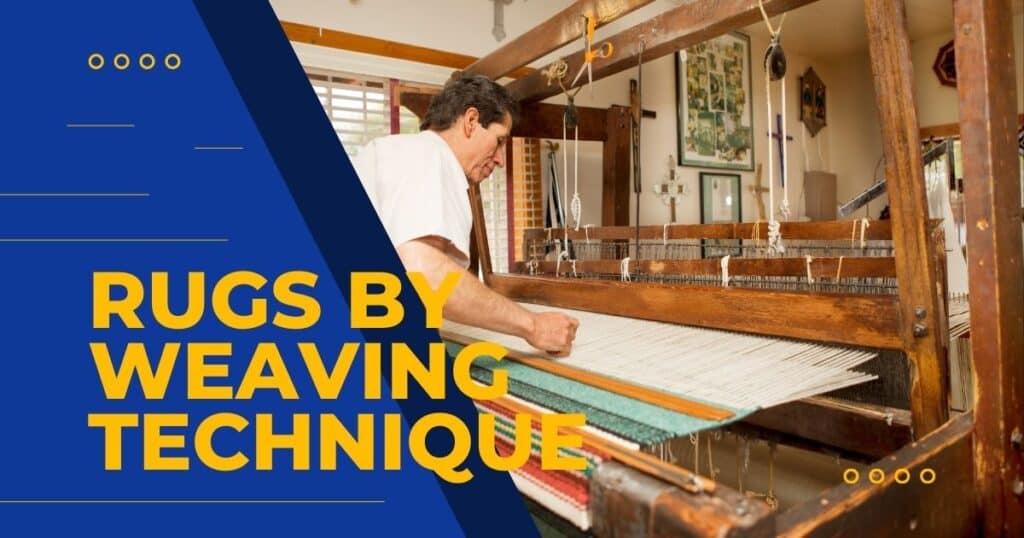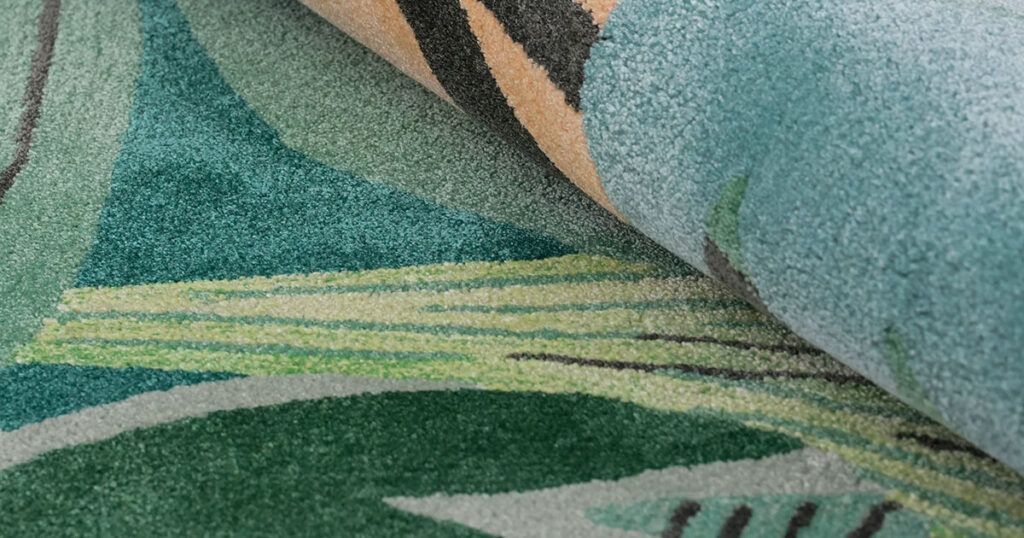Wondering if you can get carpets made just for you?
You’re in the right place.
This guide covers everything about custom carpet options.
You’ll learn about two main customization methods, what you can personalize, typical costs, and how to start your custom carpet project.
Custom carpets solve problems that store-bought rugs can’t.
They work in odd-shaped rooms, display company logos, and reflect your personal style better than mass-produced options.
Yes, You Can Customize Carpets
The answer is yes! You can get carpets customized to fit your exact needs. This isn’t just for luxury homes anymore. Custom carpets are now within reach for both homeowners and businesses.
Instead of settling for what’s in stores, you get to choose what you want. Carpet makers use two main methods: tufting and printing. Each method works better for different projects.
Both options let you control the size, colors, patterns, and materials. This means your carpet will match your space and needs perfectly.
Custom Tufted Rugs: Handcrafted Quality
Tufting makes carpets by pushing yarn through backing cloth to create loops or cut pile. This method gives you soft, thick carpets that last long and feel great underfoot. Makers use both machines and hand-tufting to balance speed with quality.
Tufted rugs often use New Zealand wool, which offers good value and performance. This material resists stains and lasts for years. For sunny rooms, acrylic yarn fights fading while feeling like wool. For a luxury look, bamboo silk and rayon give a silky shine without the high silk price.
The size range is impressive. Makers can create tiny accent rugs (about 20×20 inches) or huge installations over 160 feet long. This means tufted rugs work in small apartments and large hotel lobbies alike.
For design, almost anything goes. Bold patterns work best on larger rugs where small details might not show from a distance. Tufting can create different pile heights, adding texture and depth to your rug.
Custom Printed Rugs: Modern Detail
Printed rugs offer a newer way to customize. This method prints designs right onto carpet backing. The result? Sharp details that show intricate patterns, photos, and exact colors.
These rugs usually use synthetic materials. Nylon lasts longer and resists stains, making it great for busy areas. Polyester gives bright colors and costs less, but may wear faster in high-traffic spots.
The printing tech captures fine details well. You can print family photos, artwork, or complex designs with great accuracy. This works perfectly for promotional items, themed spaces, or making bold statements.
Printed rugs are made faster than tufted ones, helping when you’re on a tight schedule. They also match colors more precisely when you need to coordinate with your existing decor.
What Can You Customize?
You can customize almost every part of your carpet. Size and shape top the list of benefits. Custom carpets fit odd room sizes, work around fixed features, or create unique looks with circles, ovals, or free-form shapes.
Colors go well beyond what stores offer. While not unlimited, makers have hundreds of color choices to match your design plan. Your carpet can stand out boldly or blend with your room’s look.
Materials affect both style and function. Besides choosing wool, acrylic, nylon, or polyester, you pick the pile height (fiber length), density (how tightly packed), and texture (looped, cut, or mixed). These choices change how your carpet looks, feels, and wears.
Where Custom Carpets Work Best
Custom carpets solve problems in homes and businesses. In houses, they add style and comfort to living rooms and bedrooms. They fit in tricky spaces like bay windows, curved nooks, or rooms with columns.
Businesses use custom carpets to make branded spaces in stores, hotels, and offices. When clients walk in and see well-designed flooring, they notice the quality. Many companies find custom floors help create spaces that match their brand values.
Logo rugs serve two goals: function and marketing. These rugs show company logos, taglines, or brand images in reception areas, trade shows, or store entrances. They boost brand awareness while covering the floor.
Themed rugs make special spaces come alive. Kids’ rooms can have rugs with ABCs, maps, or nature scenes. Game rooms might show board game patterns or team colors. Museums often use custom carpets for themes or to help guide visitors.
How the Custom Carpet Process Works
The custom carpet journey starts with design. You can bring your own idea or work with carpet designers. Most makers offer free design changes until you’re happy with the plan.
Next comes picking materials. You’ll choose yarn types and colors based on both look and practical needs like foot traffic, sun exposure, and cleaning. Many companies send yarn samples so you can see and feel them first.
For bigger projects, samples help a lot. When ordering rugs larger than 10 square meters, many makers offer free samples (about 20×20 inches). These show a section of your design so you can check colors and feel in your space.
Production takes about 15-25 days for custom tufted rugs – much faster than the typical months-long wait. Size rarely changes this timeline since makers can add more staff to big projects. Good companies keep you updated throughout the process.
Shipping depends on rug size and where you live. Small to medium rugs ship with normal carriers. Larger pieces may need special transport. Most makers handle these details to get your rug to you safely.
What Affects Custom Carpet Costs
Several factors determine what you’ll pay for custom carpets. Materials make a big difference – wool costs more than acrylic, while silk costs the most. Your choice affects both initial price and how long your carpet lasts.
Size affects price since bigger carpets need more materials and work. Most makers multiply length by width to find the area. For odd shapes or very large rugs (over 20 square meters), some offer more exact measurements.
Design complexity changes the price a lot. Simple patterns cost less than detailed designs with many colors or varied pile heights. Complex designs like artwork or detailed scenes can cost about 50% more than simple ones.
Production method affects both cost and time. Machine tufting costs less for basic elements. Hand tufting costs more but gives better detail. Most rugs use a mix of both methods.
Shipping costs depend on weight, size, and where you live. Local delivery costs less than shipping overseas. For large commercial rugs, freight shipping often saves money.
Tufting vs. Printing: How to Choose
Your needs should guide which method works best for you. Pick tufted rugs when texture matters most. Their varied pile heights create a plush feel that printed rugs can’t match. Tufted rugs also last longer in busy areas, often for decades with good care.
Tufted rugs shine when you want natural materials like wool or care about sustainability. Their craftsmanship creates quality pieces that become treasured parts of your home. Tufting works best with bold, simple patterns rather than tiny details.
Choose printed rugs for photos, precise details, or exact color matches. The printing process captures fine lines and complex images with great accuracy. This makes printed rugs perfect for logos, educational spaces, or anywhere visuals matter most.
Budget may point you toward printing, especially for short-term use or promotions. Printing costs less and finishes faster than tufting. Printed rugs also work well in business settings where you might change designs often.
Getting Started With Your Custom Carpet
Ready to start your custom carpet project?
First, gather info that carpet makers will need:
- Measure your space, noting any odd angles or features
- Collect color samples from your current decor
- Think about how you’ll use the space – this helps choose the right materials
Contact carpet makers with specific questions about what they offer. Ask which materials would work best for your needs. Request photos of similar projects they’ve done. Ask if they help with design if you need guidance.
Ask about timing. Most makers need 15-25 days for production. Shipping time varies based on your location. Knowing the timeline helps plan for events or move-in dates.
Request samples before you commit. For materials, ask for yarn samples in your chosen colors to see them in your lighting. For big projects, get a small sample piece (about 20×20 inches) of your design. This saves you from costly mistakes.
Many carpet makers offer free design help. Their designers know what works well in carpets and can turn your ideas into practical designs. They might suggest changes that improve both look and function.
Custom carpets solve problems when store-bought rugs don’t work for your space or style. Whether you choose tufting or printing, you control the final result. The research you’re doing now is your first step toward a floor covering that fits your space perfectly.
Ready for Your Custom Carpet?
Custom carpets bring your space to life in ways that standard rugs simply can’t.
Whether you need an exact size, specific colors, or a one-of-a-kind design, the process is simpler than you might think.
Ready to get started?
Here’s what to do next:
- Take measurements of your space
- Note your color preferences
- Think about your timeline and budget
- Contact us for a free consultation
We’ll guide you through every step – from design to delivery.
Our team has created hundreds of custom carpets for homes and businesses.
Fill out our contact form.
Your customized carpet is just a conversation away.





